
There exist multiple scales for measuring relative rarities of various numismatic specimens. At glance they may appear cumbersome, redundant, and somewhat complicated. However, the scales weren’t invented to confuse collectors. Rather they evolved and were invented over time, and were developed by various researchers within their own associative areas of numismatic expertise.
Colonial and Pre-Federal Coinage Rarity Scale
Q. David Bowers introduced a rarity scale applicable for early Pre-Federal and Colonial coinages. The scale is the following:
Early American Copper Rarity Scale
William Sheldon designed a rarity scale for U.S. Large Cents. Since created in the 1950s, Sheldon’s scale has been adapted to also describe the rarity of other early coinage varieties.
Very frequently used, the Sheldon scale is the following:
Early American, Hard Times, and Merchant Token Rarity Scale
Russell Rulau, author of the United States Tokens 1700-1900 utilizes a scale very similar to the Fuld scales introduced below. In Rulau’s scale, there are 9 degrees of rarity.
Rulau’s scale is the following:
Civil War and Patriotic Token Rarity Scale
George and Melvin Fuld developed a rarity scale named after them. Known as the Fuld scale, it is applicable to Civil War Tokens and Patriotics. The scale has 10 degrees of rarity:
Civil War Sutler Token Rarity Scale
A similar Fuld Rarity Scale exists for Sutler Tokens. Unlike those for Civil War and Patriotics, this scale has 9 degrees of rarity. The scale is the following:
Walter Breen’s Rarity Scale
Walter Breen developed a hybrid scale, based on one developed by Sheldon. The scale is infrequently seen. To date I have only seen Breen’s scale used in his own work: Walter Breen’s Encyclopedia of U.S. and Colonial Coins.
Breen’s scale has 8 degrees of rarity, and comprises the following:
Tony Chibbaro’s South Carolina Token Rarity Scale
Tony Chibbaro in his ongoing documentation and research into South Carolina tokens, developed a rarity scale specific to that state. Though Chibbaro uses the same “R” notation, his scale differs significantly in the corresponding numbers for each rarity number.
Chibbaro’s Rarity Scale utilizes 10 degrees of rarity, and is the following:
Donald Edkins’ Coal Scrip Rarity Scale
Donald Edkins in his research into metallic scrip, developed a rarity scale for coal tokens. Though he developed the same “R” notation, Edkins’ scale differs greatly in the corresponding numbers for each rarity number. Edkins’ Rarity Scale utilizes 10 degrees of rarity.
The scale is the following:
Overton Rarity Scale
The Overton Scale is used to describe the rarities of United States Bust Half Dollars. As with other scales, it varies slightly.
The Overton Scale uses 8 degrees of rarity, and is the following:
Van Allen & Mallis Rarity Scale for U.S. Morgan & Peace Dollars
In their 4th edition, Leroy Van Allen and A. George Mallis, authors of the Comprehensive Catalog and Encyclopedia of Morgan and Peace Dollars, present a rarity scale pursuant to Morgan and Peace Dollars.
Their rarity scale is the following:
Pollock Rarity Scale
Andrew W. Pollock in his 1994 book United States Patterns and Related Issues established a rarity scale to describe the scarcity of United States Gold Pattern coins. As with other scales, it varies slightly.
The Pollock Scale uses 9 degrees of rarity, as the following:
Seaby and Rayner English Rarity Scale
In the book The English Coinage from 1649 written by Seaby and Rayner, an expanded rarity scale pursuant to English emissions was published. This particular scale utilizes 12 degrees of rarity, as the following:
Michael Freeman’s United Kingdom Bronze Coinage Rarity Scale
In Michael J. Freeman’s book The Bronze Coinage of Great Britain, he established a very expansive rarity scale. His scale is the following:
Aaron Packard ![]()
Notes and Sources
-
Whitman Encyclopedia of Colonial and Early American Coins, Q. David Bowers, Whitman Publishing, ©2008
-
Standard Catalog of United States Tokens 1700-1900 4th Edition, Russell Rulau, Krause Publications, ©2004
-
U.S. Civil War Store Cards Second Edition, George & Melvin Fuld, Quarterman Publications, ©1975
-
Patriotic Civil War Tokens 4th Edition, George & Melvin Fuld, Krause Publications, ©1982
-
Patriotic Civil War Tokens Fifth Edition, George & Melvin Fuld, Krause Publications, ©2005
-
Walter Breen’s Complete Encyclopedia of U.S. and Colonial coins, Walter Breen, Doubleday, ©1988, pgs.242-275
-
South Carolina Tokens, Tony Chibbaro, TAMS, ©1990
-
Edkins Catalogue of United States Coal Company Store Scrip, pgs.237-238, Bill Williams & Steve Ratliff, NCSA, Inc., ©1997
-
United States Early Half Dollar Die Varieties – 1794-1836, 4th Edition, Donald L. Parsley, Edward Bros. Inc, (c)2005, pg.ii
-
The Library of Congress Digital Archives
- New York’s Crystal Palace & The H.B. West Tokens - November 6, 2019
- Edward Aschermann’s Cigar & Tobacco Tokens - November 2, 2019
- George T. Hussey & His Special Message Tokens - October 30, 2019










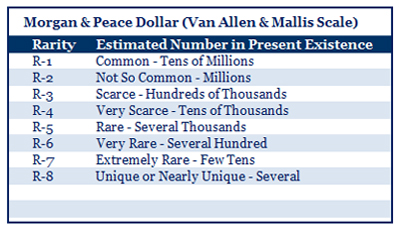



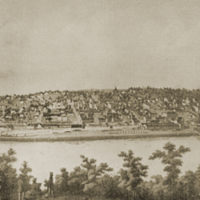
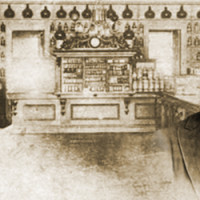
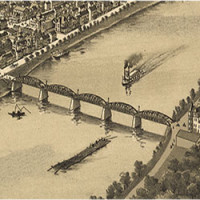
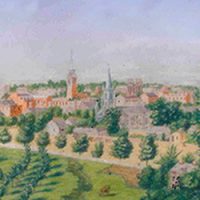
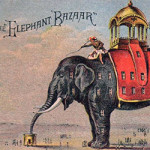
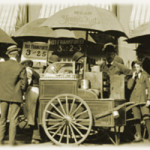
1 Comment